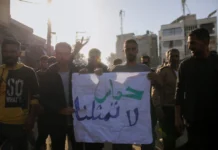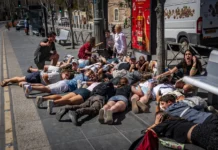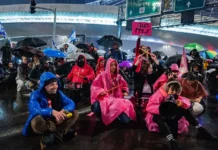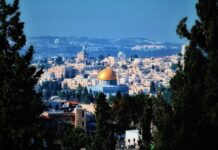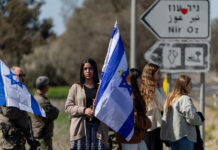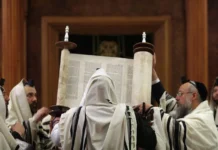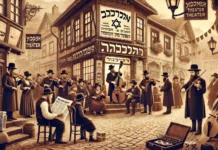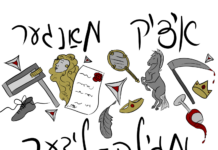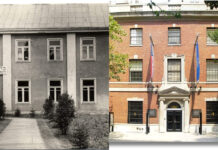Tag: First Temple
Mourning in 2020: Tisha B’Av spotlights losses old and new
This year Jews the world over got into the Tisha B’Av mood several months earlier than usual.
During a typical summer, Jewish families and individuals tear themselves away from family vacations, beach outings, amusement parks...
Excavations in Jerusalem dredge up a seal impression from after First Temple
A double stamp impression on a bulla and a seal made of used pottery shreds discovered in the City of David may indicate that despite the plight of Jerusalem after the destruction of the...
Seal of First Temple-era royal steward found in Jerusalem
A 2,600-year old bulla (seal) bearing a Hebrew name was uncovered recently in earth excavated in 2013 from beneath Robinson’s Arch at the foundations of the Western Wall in the Old City of Jerusalem....
Tisha B’Av 101: Connecting the dots of Jewish memory
Memory and imagination: The two keys that unlock the Jewish holiday of Tisha B’Av.
In fact Tisha B’Av, a holiday many Jews are unfamiliar with, is all about memory, the collective memory of the Jewish...
First Temple-era weight discovered, complete with Hebrew description
A weight with Hebrew description from the First Temple era, dated from the 10th-century BCE to 586 BCE when the temple was destroyed by the Babylonians, was found in Jerusalem.
It was discovered in archaeological soil...


